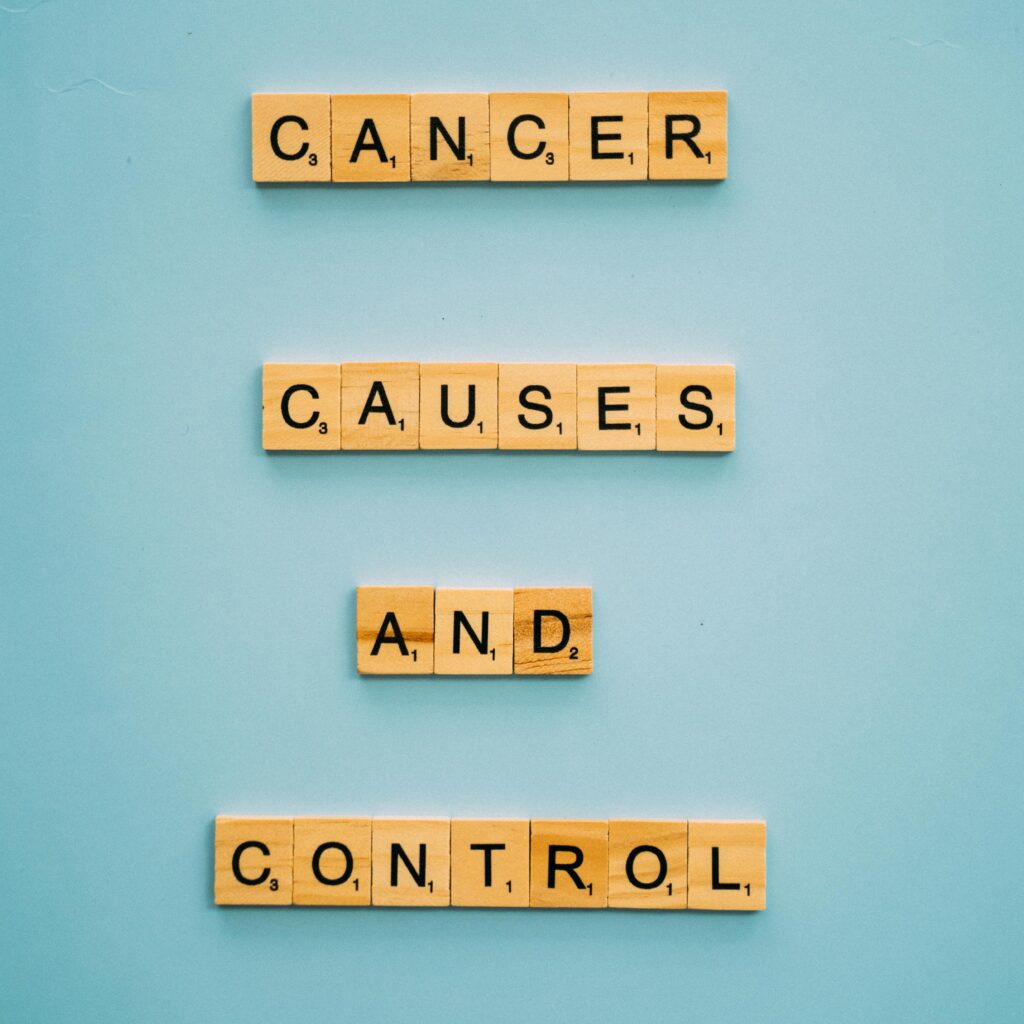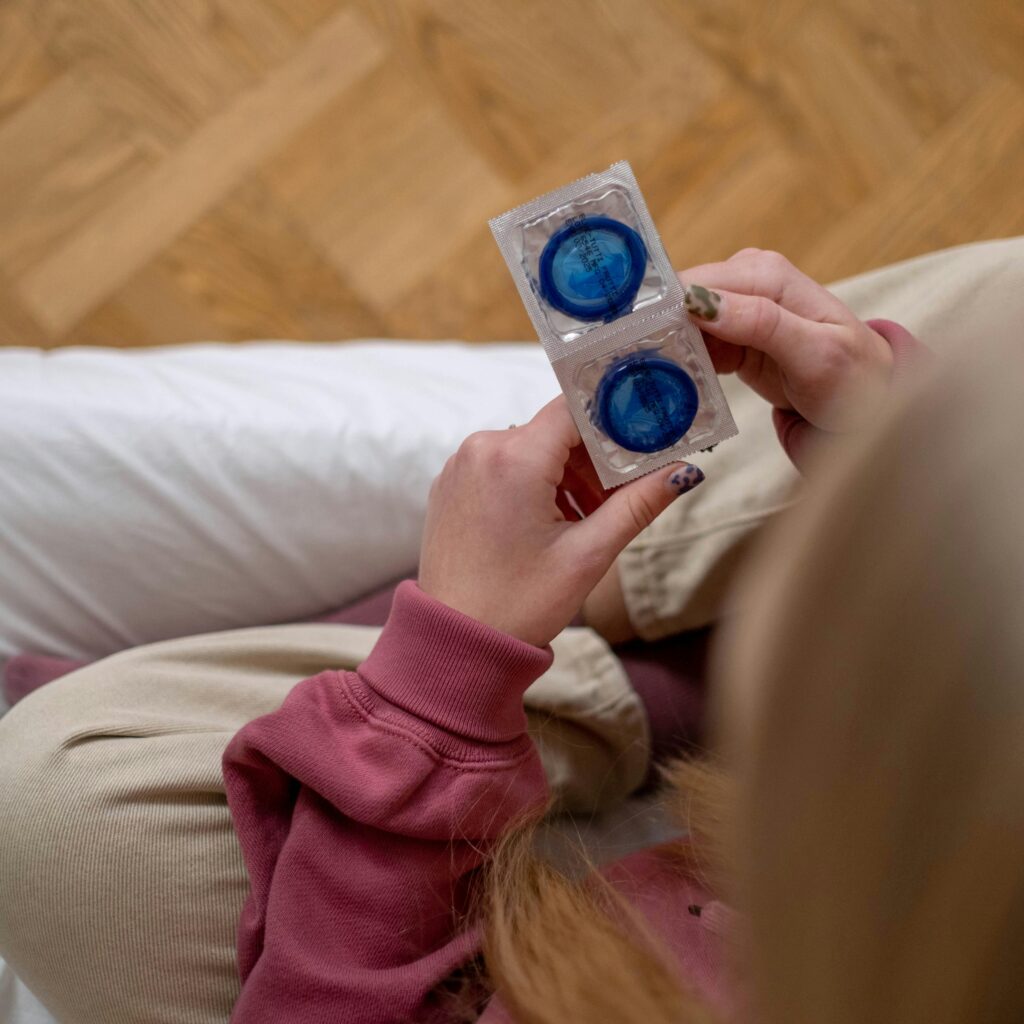
The quest of seeking sexual pleasure is undeniable, yet it’s a topic most people shy from especially anal sex. Whether you’re chasing it alone or with a partner, it’s a pivotal point in your intimate life. There are many ways to get orgasms, and one of them is s anal sex which many people don’t accept. So, are you interested or having anal sex?
Anal sex isn’t a popular topic in any discussion, which is influenced by social, cultural, and health-related factors. Although anal sex is common in both heterosexual and homosexual relationships, conversations on the subject often face stigma and misconceptions. However, whether you enjoy these back shots or not, there’s concern about the potential link between anal sex and cancer.
In this article, we aim to look into the connection between anal sex and cancer risk, particularly regarding the Human Papillomavirus Virus (HPV). It’s a sexually transmitted infection linked to the development of various cancers: anal and cervical cancer.
Thus, you’re in luck as we help you understand how anal sex may facilitate HPV transmission and cancer risk. As they say, information is power as it improves public health awareness, and now you join the elite group equipped with knowledge.
Understanding the Relation Between Anal Sex and Anal Cancer
Anal cancer is a rare form of cancer that affects the tissues of the anus, which is also the end of the digestive tract. The American Cancer Society estimates that thousands of cases of anal cancer are diagnosed annually worldwide. However, the numbers have kept rising steadily over the past few decades. Although anal cancer is relatively uncommon compared to other types of cancer, it’s a critical public health issue.

There are different types of anal cancer, but the most common is squamous cell carcinoma, which originates in the lining of the anal canal. The most prevalent symptoms of anal cancer may include:
- Rectal bleeding
- Pain, itching, and
- Changes in bowel habits
However, many cases are asymptomatic until the tumor progresses, emphasizing the importance of awareness and screening.
https://amzn.to/4bmmLrbTypes of Anal Cancer
Anal cancer is classified depending on the cells it originates from, and it can be: Malignant (cancerous), Benign (non-cancerous), or Precancerous.
- Malignant cancers (Cancerous), also known as epidermoid cancers, start from the flat cell lining of the anus, making a total of 90% of all anal cancers. Squamous cancer cell cancers can be different, but they’re all treated the same depending on where they start in the anal margin. Treatment can also depend on its placement in the anus – cancers that originate in the anal canal will have different treatment from those in the anal margin.
- Adenocarcinoma is a rare cancer that starts from the glandular cells that produce mucus in the anal canal. Its treatment is the same as rectal cancer.
- Melanoma is a rare type of skin that starts at the skin cells known as melanocytes and is treated as other melanomas.
- Basal cell carcinoma is a type of cancer that starts in the perianal skin of the anus (skin around the anus).
- Gastrointestinal stromal tumor (GIST) is a cancer that starts in the anal tissue sarcoma in the anus.
- Kaposi sarcoma is a rare tumor that can grow in the membrane lining of the anal canal.
- Neuroendocrine cancer is a type of cancer that develops near the rectum in the anal canal.
Benign cancers are growths that aren’t cancerous, like anal warts, skin tags, and warts. A precancerous condition is a growth that can develop into cancer and is caused by abnormal cell growth.

The Role of Human Papillomavirus (HPV) in Developing Anal Cancer
HPV is a group of over 200 related viruses transmitted through sex, and it can affect the throat, skin, and genital area. It’s a significant risk factor for anal cancer and is initially transmitted as a sexually transmitted Infection (STI). There are two types of HPV:
- Lower-risk HPV is the virus that’s responsible for genital warts and rarely causes cancer.
- High-risk HPV causes different kinds of cancer, including:
- Anal
- Cervical
- Vaginal
- Penile
- Oropharyngeal cancers
HPV is asymptomatic, but when it occurs, you experience the following:
- Genital warts are small bumps, clusters of bumps, or protrusions that appear like stems. Warts can have cauliflower or flat shapes in different colors: pink, white, colored skin, purplish-brown, or red. Lower-risk HPV can go away on its own without treatment, and those responsible for cancer can be prevented with vaccines.
Although condoms can help prevent the spread of HPV, they aren’t 100% effective. As the most popular STI globally, several strains are high-risk. HPV-16 and HPV-18 are the primary culprits behind the majority of HPV-associated cancers.
Anal sex can increase the transmission of HPV due to direct contact with the mucous membranes of the anus. The anal canal tissues are delicate, making them susceptible to microtears and abrasions during intercourse.
Hence, it creates a pathway for the virus to enter and potentially establish a chronic infection. Persistent infection with high-risk HPV strains can cause precancerous changes in the cells lining the anus, leading to the development of anal intraepithelial neoplasia (AIN), a precursor to cancer.
Factors that Influence Cancer Risk in Anal Sex
We intend to explore various cancer risk factors associated with anal sex, such as:
- Multiple sexual partners
- History of certain sexually transmitted infections and
- Immunocompromised state (low immune system)
Understanding these risks can help you find preventive strategies like:
- Vaccination against HPV
- Safer sexual practices like using protection and proper cleaning of sex toys
You don’t have to be practicing anal sex to need this knowledge, but adequate knowledge can foster healthy discussions on the subjects. Moreover, staying informed can lead to effective prevention, treatment, and stigma reduction, ultimately contributing to better health outcomes for everyone.
More Factors that Increase the Risk of Anal Cancer in Anal Sex
While HPV infection is a primary driver of anal cancer, several other factors may amplify the risk for individuals who engage in anal sex:
- Weak Immune System – individuals with compromised immune systems, such as those living with HIV/AIDS or those on immunosuppressive medications, are at an elevated risk for developing anal cancer. An impaired immune system is less capable of clearing HPV infections, increasing the likelihood of chronic disease and cellular changes.
- Sexual Behavior – Multiple sexual partners and unprotected anal sex can increase exposure to HPV and other sexually transmitted infections. Condom use can reduce, though not eliminate, the risk of HPV transmission.
- Smoking – Research has shown that smoking may increase the risk of anal cancer by affecting the body’s immune response to HPV and promoting the development of malignant cells.
- Age and Gender: Anal cancer is more common in individuals over the age of 50. Studies have also indicated a higher prevalence in women, though men who have sex with men (MSM) have a particularly elevated risk.
Debunking Myths and Misconceptions of Anal Sex
Despite scientific evidence linking HPV to anal cancer, there are myths and misconceptions surrounding it. Anal sex itself isn’t inherently cancer-causing. Instead, it’s the transmission and persistence of high-risk HPV strains that elevate cancer risk.
Engaging in anal sex doesn’t guarantee the development of cancer, nor does abstinence eliminate the possibility. Thus, if you enjoy getting those backshots, you don’t have to worry or limit yourself from having fun for fear of getting cancer. All you have to do is keep safe and engage in healthy practices during anal sex.
Factors that Help Reduce Cancer Risk
Cancer is a scary disease that doesn’t respect anyone or situation. Thus, all you can do is try to do whatever it takes to prevent and reduce the risk of catching it. Here are several ways to keep you safe whether enjoying anal sex or not:

- HPV Vaccination – The HPV vaccine, such as Gardasil 9, is highly effective in preventing infection with the most common high-risk HPV strains. Vaccination is recommended for preteens and young adults, but it’s also approved for individuals up to age 45 years. The vaccine significantly reduces the risk of developing HPV-related cancers, including anal cancer.
- Condom Use – While condoms don’t provide 100% protection against HPV, consistent use can reduce the likelihood of transmission. Safe sex practices, including the use of dental dams, can further mitigate risk during sexual activities.
- Regular Screening – Individuals at higher risk, such as Men who have Sex with Men (MSM), HIV-positive individuals, and those with a history of anal warts, may benefit from regular anal Pap smears. This screening test detects abnormal cells that may indicate precancerous changes, enabling early intervention.
- Smoking Cessation – Quitting smoking can bolster the immune system’s ability to combat HPV and reduce cancer risk.
- HIV Management: Effective antiretroviral therapy for individuals living with HIV can reduce the risk of anal cancer by strengthening the immune system’s ability to fight HPV infections.
- Research and Treatment Advances – Medical research is improving our understanding of the connection between anal sex, HPV, and cancer. The studies aim to develop targeted therapies for anal cancer and investigate new preventive measures, such as enhanced vaccines. Immunotherapy treatment provides hope for individuals diagnosed with anal cancer, although early detection remains crucial.
- Social and Cultural Considerations – Social and cultural taboos often shape discussions surrounding anal sex and its potential risks. The stigma associated with sexual behavior can discourage individuals from seeking medical advice or discussing symptoms with their healthcare providers. Deference can be addressed by creating inclusive, nonjudgmental healthcare environments prioritizing patient education and preventive care.
In Summary
Sex is a natural and unbeatable way to get maximum pleasure through orgasms, regardless of how they come about. So, whichever way you achieve that, prioritize safety for all parties involved. Safe sex is about using condoms if you’re engaged with multiple sex partners and changing them when transitioning from vaginal to anal penetration.
Regular health screenings are also essential, acting as a proactive measure to detect any early signs of anal cancer. Together, these steps form a comprehensive approach to minimizing the risk of both HPV infection and associated health complications.
Although anal sex doesn’t mean you’ll get infected with anal cancer, it’s a high-risk motivator for the transmission of human papillomavirus (HPV) strain. The connection between anal sex and HPV emphasizes the need for comprehensive awareness regarding safe sexual practices and effective preventive strategies at all times.
Moreover, you should advocate for HPV vaccination, as it can decrease the chances of contracting the various strains responsible for causing cancer. The vaccination is a protective barrier against infections that may lead to serious health issues related to STIs.
Encouraging open and honest discussions on subjects not so much spoken about, like anal sex, can help address common misconceptions. Further, society can develop a more informed and proactive approach to sexual practices and wellness. Ultimately, empowering individuals with knowledge about prevention strategies is the most effective way to reduce the risk of cancer linked to HPV and anal sex.
More Reading for You

[…] Can anal Sex Cause cancer? […]
[…] Can Anal Sex Cause Anal Cancer? […]